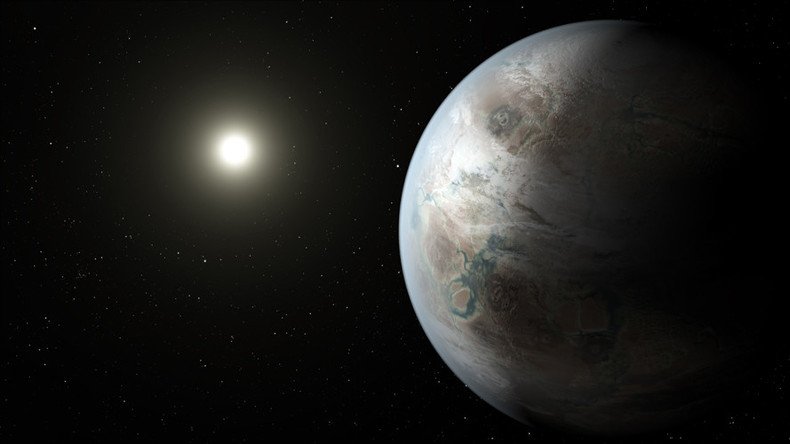NASA to reveal latest in hunt for 'another Earth' beyond our solar system

NASA is ready to reveal the latest discoveries by the powerful Kepler space telescope which scans for planets outside our solar system.
The space agency says it will stream its news live on Monday, June 19, at 11am EDT.
We got news for you! Hear from experts about the latest results from our search for distant worlds on June 19: https://t.co/G0pyQ0cFnHpic.twitter.com/0UrYuPyT2X
— NASA Kepler and K2 (@NASAKepler) June 12, 2017
Launched in 2009, the Kepler telescope has led the search for Earth-sized planets in or around the habitable zone of other stars. So far the observatory has unearthed thousands of planets across a range of sizes.
READ MORE: Lunar surprise: Astronomers discover moon orbiting ‘Snow White’ dwarf planet
Speculation is mounting as to what NASA is preparing to announce next week, with Twitter users placing extraterrestrial life and another habitable planet on top of their wishlist.
This kind of news makes my day!
— Nikesh H. Shamdasani (@NikeshHS) June 12, 2017
Has NASA finally found LIFE? Kepler scientists to reveal latest discovery from new planets https://t.co/m2uae4PmoZ#news#science
— Roger Swannell's Bot (@rogswabot) June 13, 2017
Often when @NASAKepler makes these announcements they've found something either potentially habitable. What have they found now? Stay tuned!
— Justin Davenport (@Bubbinski) June 13, 2017
READ MORE: ‘Unlocking their secrets’: NASA to search for life on TRAPPIST-1 exoplanets
Last year, NASA announced the discovery of nine planets orbiting the star TRAPPIST-1, three of which lie inside the star’s habitable zone.
NASA plans to study the seven worlds using the James Webb Space Telescope. Scientists hope the mission will “help us find out if any of these planets could possibly support life.”
The James Webb Telescope is scheduled to launch in October 2018.











